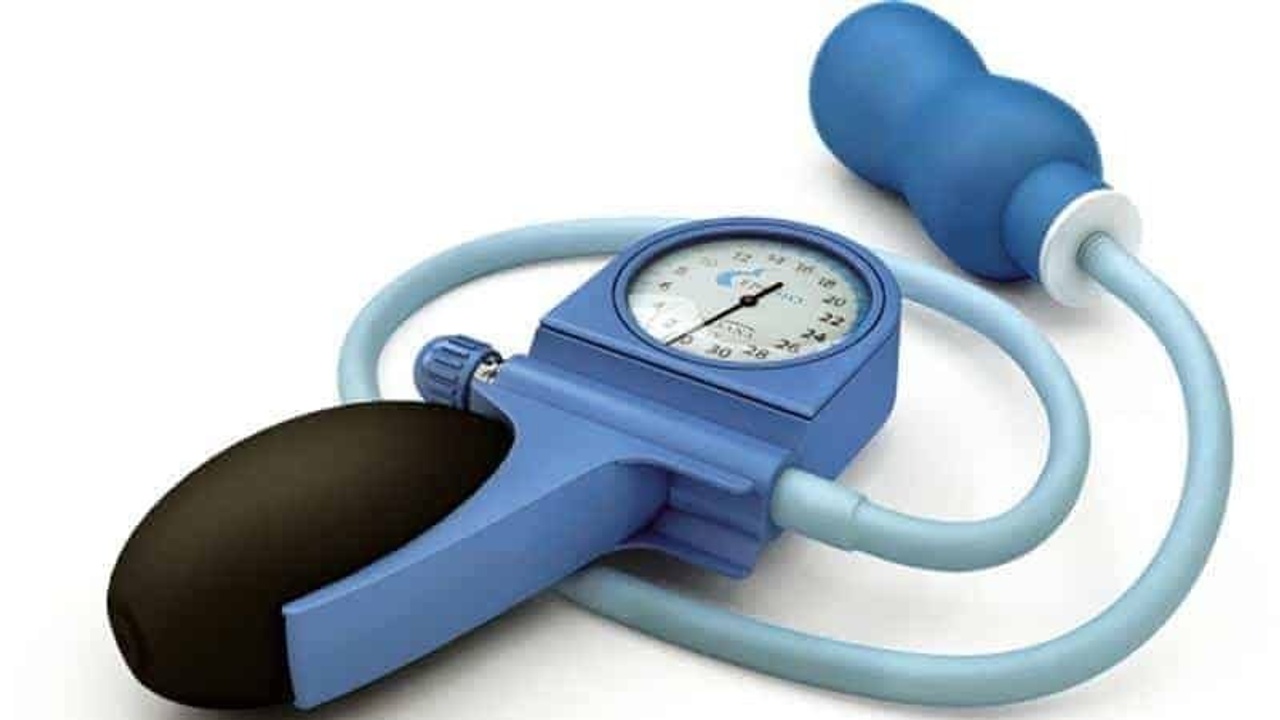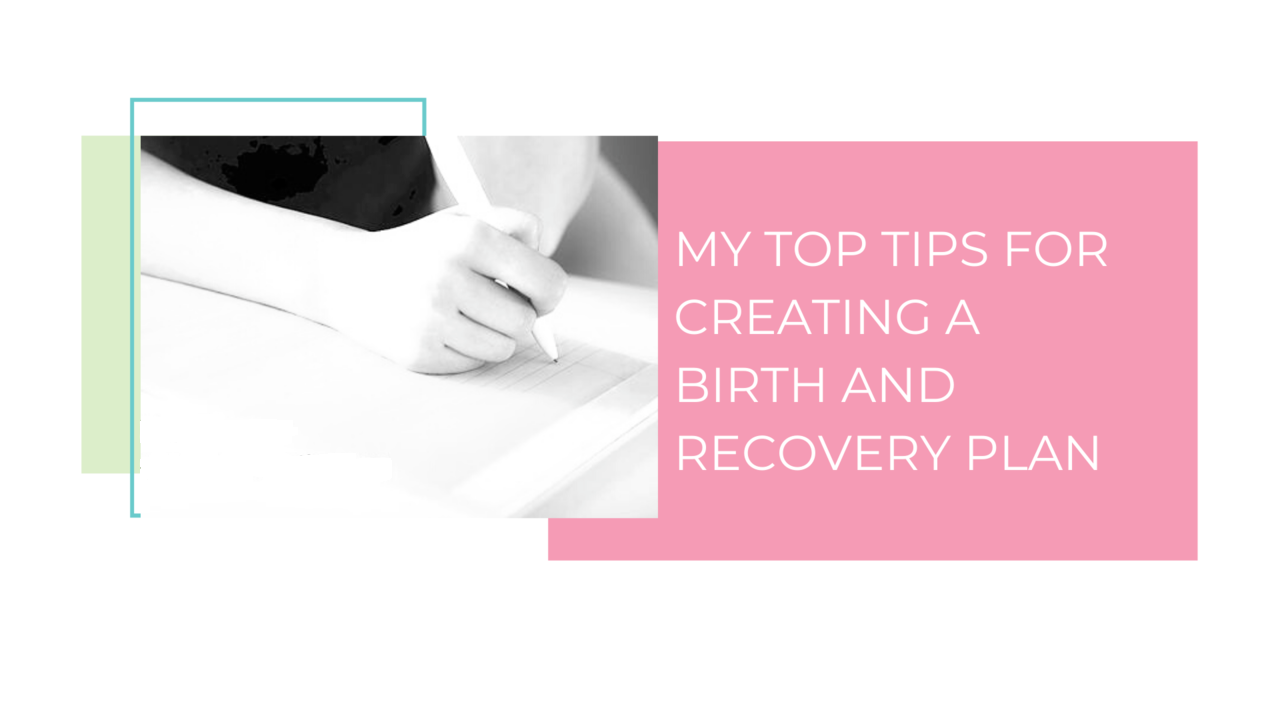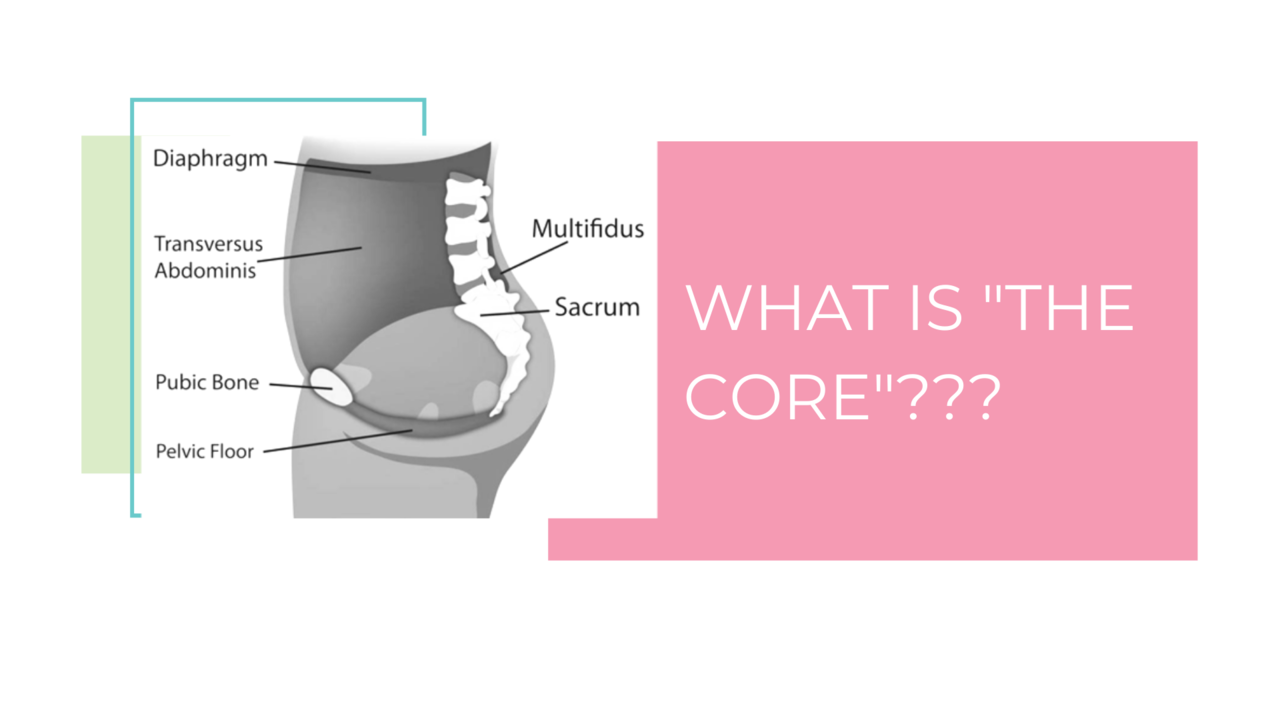Dr. Rachel Ollivier is a Nurse Practitioner and women's health scientist based in British Columbia, Canada. She completed her PhD in 2022 at Dalhousie University, where her research aimed to explore sexual health after birth using a feminist post-structural lens. Her nursing work has spanned clin...
During childbirth, your pelvic floor muscles will be extensively stretched, and it is common to experience tearing. With proper preparation, the likelihood of tearing can be reduced, which can also play a role in preserving the optimal function of this very important group of muscles. Weakened pelvi...
How to Use the EPI-NO
The EPI-NO is made up of a silicone balloon that is attached to a pump with a gauge. On the gauge is a needle that registers movement. When you contract, the needle moves up, and when you relax, the needle returns to the starting position.
Insert the deflated balloon into the...

Why I Love Doulas
In my last post about Why I Love Midwives, I spoke of a birth team. A doula is an integral part of that birth team both prenatally, during your birth and as you transition to motherhood.
Pelvic Floor and Diastasis Recti Assessment and Screening for Midwives
I did not have a Do...

What to Include in Your Birth Plan
A common recommendation for expecting mothers is to create a birth plan: a document that gives your caregivers (midwife, doctor, doula, partner) an outline of your choices, desires and ‘no thank you’s’ while in labour. This is designed so as not to take your att...

The Components of the Inner Core
Your core is probably the most impacted part of your body in pregnancy, birth and postpartum. Yet, it gets little to no attention. Most people think of the core as being the six-pack and the low back; they are correct, to an extent, but let’s look a little bit de...

We Would Never Poop This Way—Why Do We Give Birth This Way?
This is not a blog about the fear of pooping during birth, but rather a few points designed to make you think and possibly question the way most women give birth.
Think about the following points for a moment:
When you need to have a b...









